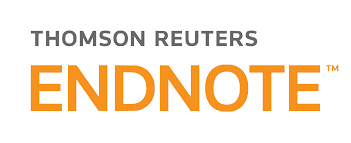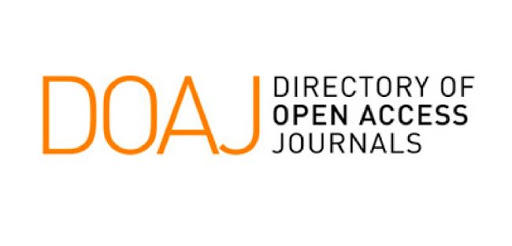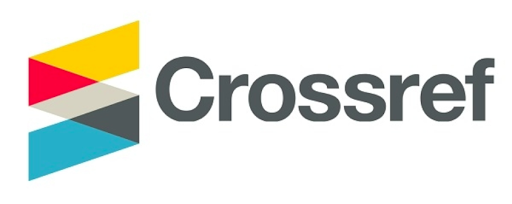Paper ID : SMJ1509215509376 | View : 22

Abstract : Background Hormonal ratios have analytical, interpretational importance. Our objective is to assess the best statistical model to interpret normality in a hormonal ratio. Methods This descriptive review relied on hormonal data (testosterone T and estradiol E2) and (T/E2 and E2/T) from 1198 premenopausal women, through a systematic approach for testing normality, skewness, kurtosis, Kolmogorov–Smirnov (K-S), Shapiro-Wilk (S-W) which assume normal distribution. We tested the graphical methods for testing normality. Log-transformation, and correlation analyses, before and after adjustment for a proposed composite factor was done. ANCOVA and univariate linear regression tested the dependent variables and the outcome. Results The data lacked normality graphically (markedly right skewed and positively leptokurtic), and on K-S and S-W. The log-transformation decreases (not eliminate) the normality deviation, which can be proven graphically but not in K-S and S-W, due to the outliers. Correlation analyses gave unsatisfactory results during adjustment for the composite factor. Parametric tests make more rigorous normality assumptions than that of the non-parametric tests, and could be applied for testing. ANCOVA used a more complex interplay to describe normality dispersion during adjustment, to provide an explainable robust normality assumption. Additional descriptive results were obtained from the linear regression analysis, similar to correlational analysis with different signific










